‘Rage, poetry, hope’: The State of Fashion Biennale 2024 addresses a need to change the system
Dal Chodha takes a trip to Arnhem, Netherlands for The State of Fashion Biennale 2024, where this year’s exhibition ‘Ties that Bind’ brings together clothing, textiles and art from the global south to challenge fashion’s power imbalance
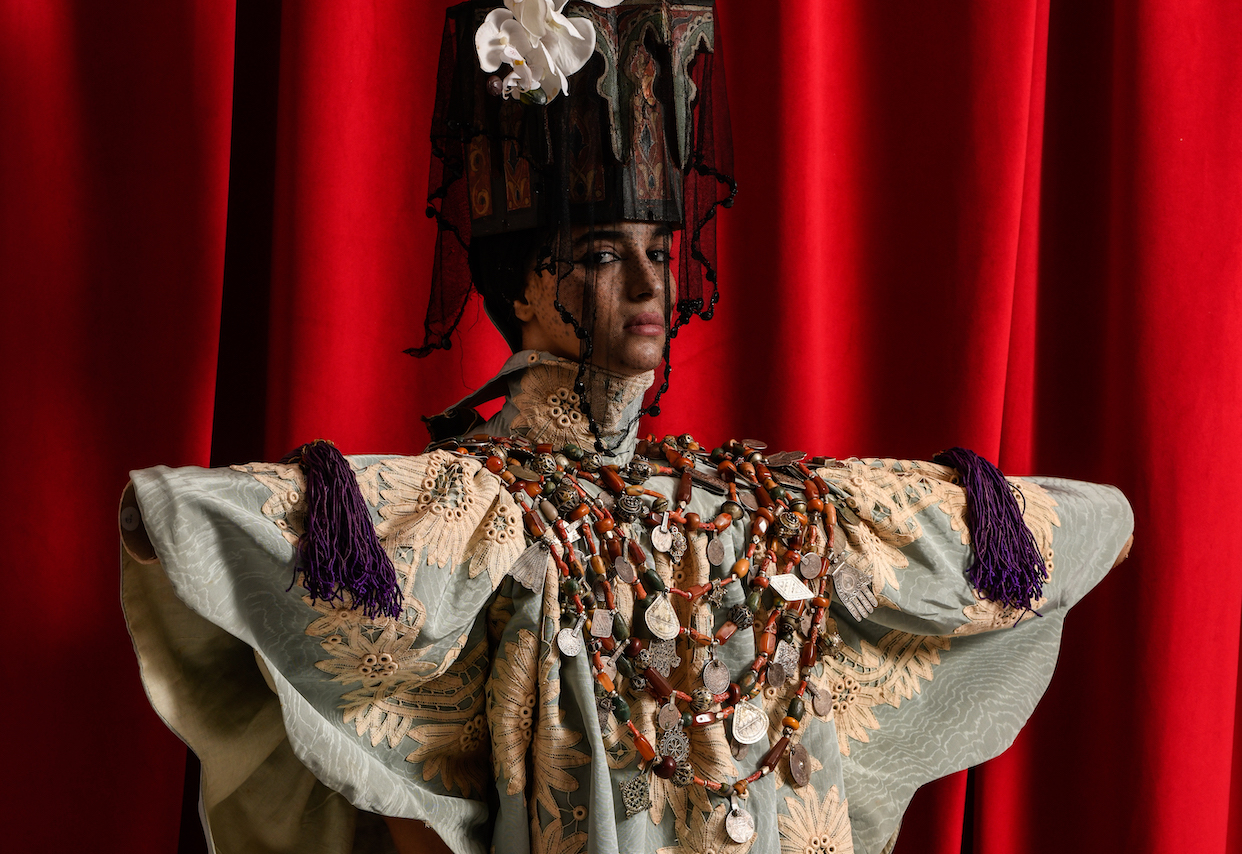
An alternative fashion system is currently nestled amongst the folded seats of a disused cinema in Arnhem. There, some 100 or so works of art, sculpture and fashion make up this year’s edition of the State of Fashion Biennale, ‘Ties that Bind’.
The exhibition focuses on how artists from the global south are addressing and contesting the colonial legacies embedded in clothing and cloth. Its ideas are rooted in the intimacy of fabric, the universal familiarity of clothing and the urgent need to change the fashion system.
Inside the 2024 State of Fashion Biennale, ‘Ties That Bind’
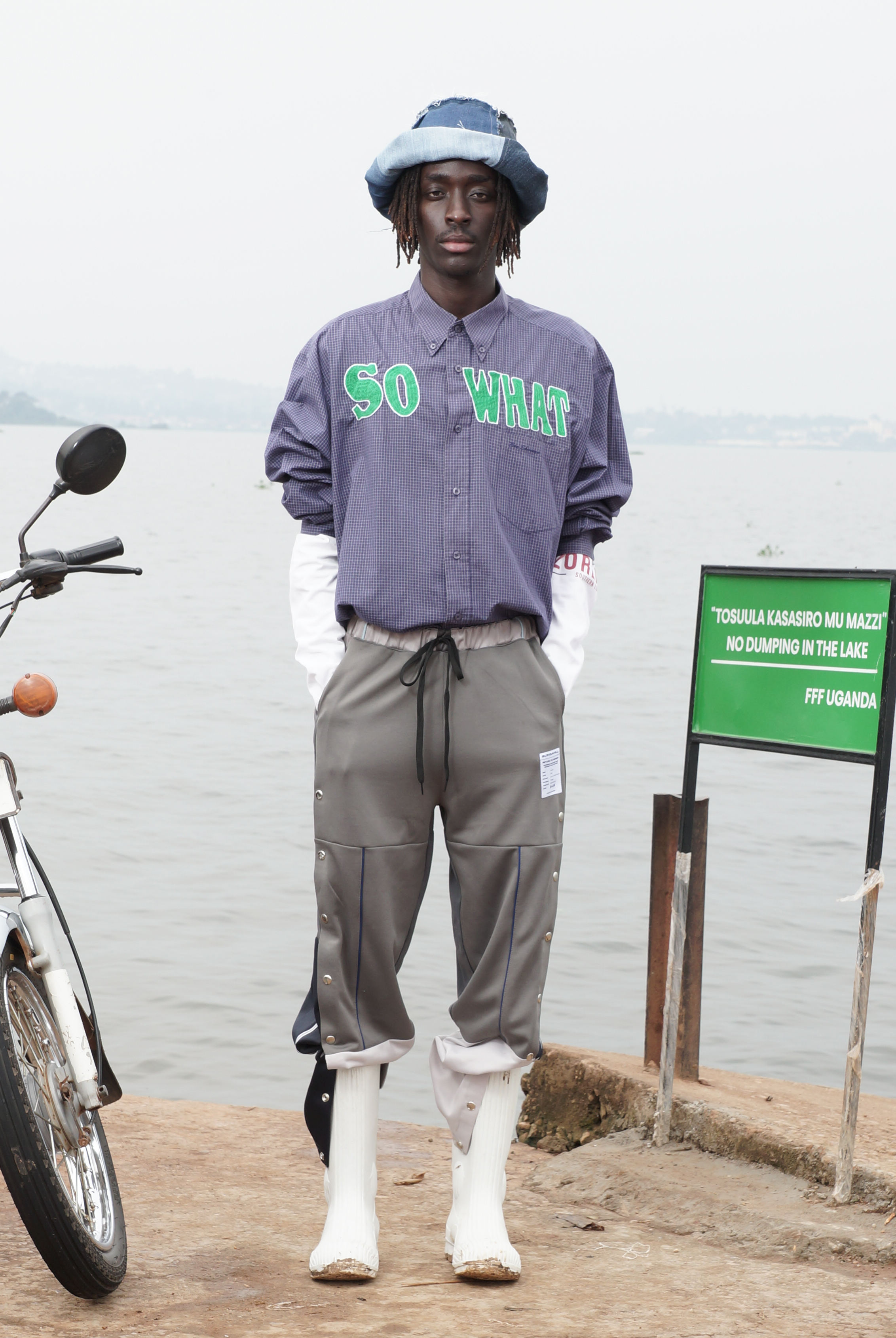
Kampala-based Buzigahill, whose ‘Return to Sender’ project repurposes and redesigns second-hand clothing to send back to the global north, where the items were first discarded and sent to Uganda. Founder Bobby Kolade spoke at the 2024 biennale
When the State of Fashion was established in 2017, the ambition was to make alternatives for the industry visible, but with hopefulness. Today its director Iris Ruisch is sanguine. ‘It is clear at this moment that the designers and researchers we are working with feel an intensity,’ she says. ‘We focus on the cultural side of the business, which has always been hard, but we have to invest in looking at how fashion can play a meaningful role, not just a mechanical one. That’s what drives us.’
Applicants to an open call for curators in February 2023 were asked to respond to the issues that arose from the previous edition. How could the biennale’s format illuminate untold stories and redefine the global power imbalance? In their proposal, the art historian Rachel Dedman and designer Louise Bennetts suggested redistributing the funding available beyond the context of the Netherlands.
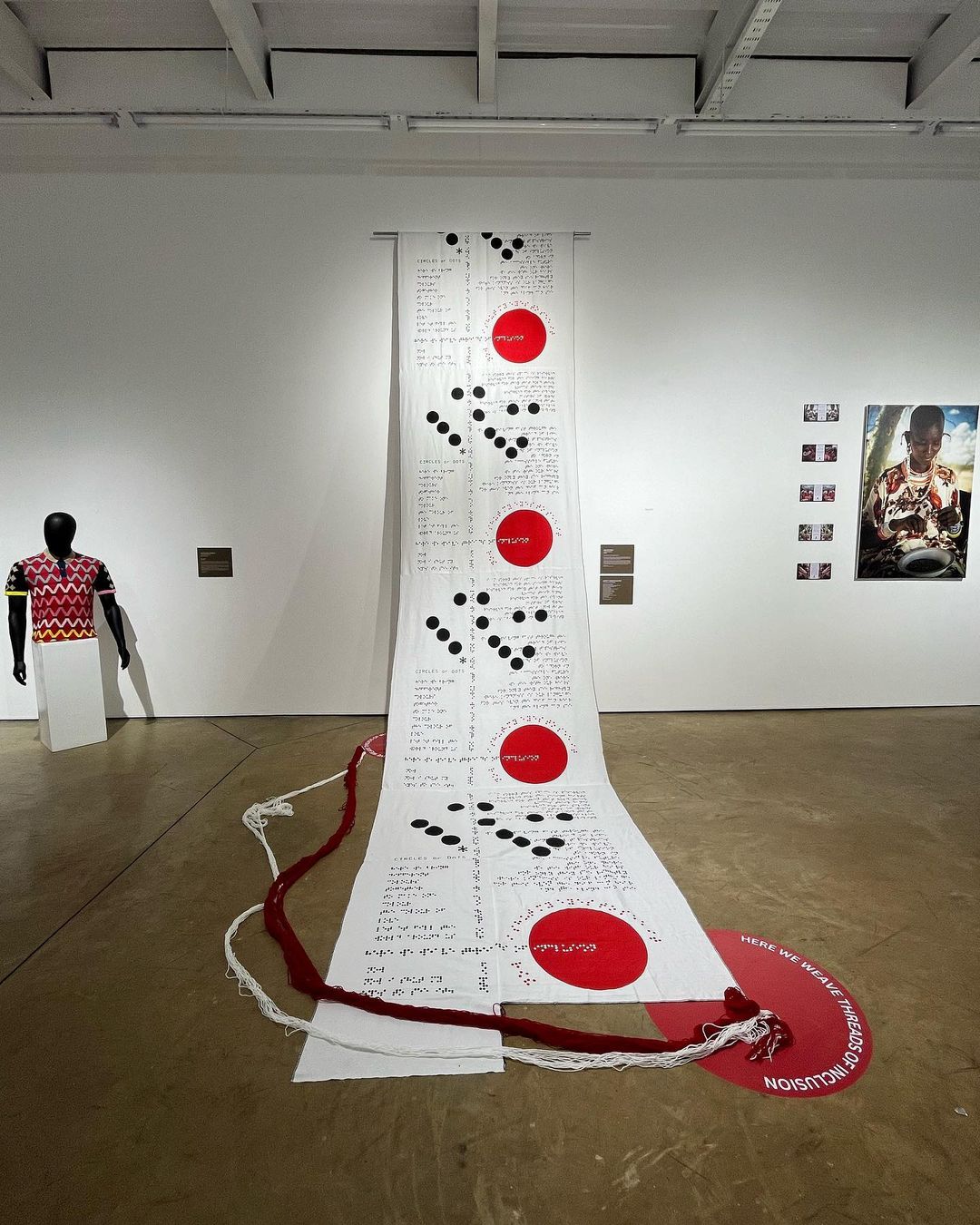
State of Fashion Tradition(al) at the Circle Art Gallery in Nairobi, Kenya. Curated by Sunny Dolat, it features 19 designers from across the African continent and is one of this year’s three satellite shows away from the main biennale in Arnhem
As a result, three interlocular curators staged their own satellite shows. In Bengaluru, Kallol Dutta brought together three practitioners who focus on care and community. In São Paulo, Hanayrá Negreiros foregrounded the work of eight indigenous Black Brazilian women. In Nairobi, Sunny Dolat staged an exhibition featuring 19 designers from across the African continent. ‘It is not often that people get to see and appreciate the works of other creators and makers on their home ground,’ he said. Whilst working on the show, Dolat was motivated by the role of fashion designers as preservers of knowledge. ‘This felt like a really important moment to bring the work home.’
The State of Fashion Biennale is an amplification of kinship; the meeting of practices and artists from across the world. ‘We're encouraging people to think about clothing more meaningfully. Part of the issue is just how disposable it has become,’ Bennets says. ‘In some ways the word “fashion” can be a bit of a turn-off. As soon as you say it, people’s minds go towards something glitzy and hollow, not things that are intimate, or meaningful or nuanced, which are the things that fashion absolutely can be,’ she says. Fashion touches all people and ‘Ties that Bind’ reveals a whole range of associations between what we wear and how we treat one another. It is full of rage, poetry and hope.
The State of Fashion Biennale 2024: Ties that Bind is open until 30 June 2024.
Receive our daily digest of inspiration, escapism and design stories from around the world direct to your inbox.
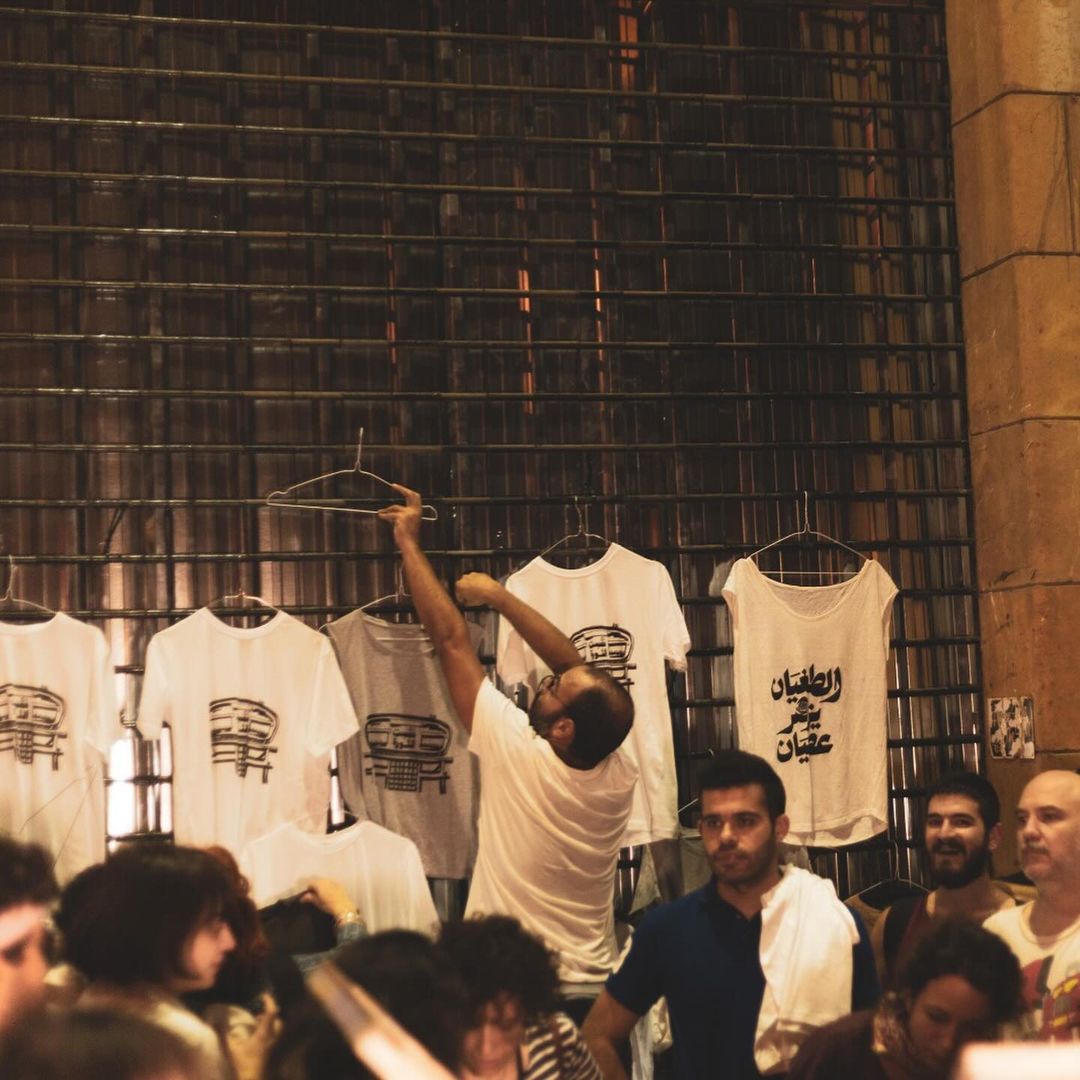
The work of graphic designer Farah Fayyad, who along with friend Siwar Kraytem, set up a screen-printing ‘intervention’ at the Beirut uprising of 2019 in solidarity with the protestors. Taking their manual press to the streets, they printed slogans and artworks by local creatives which were then distributed free of charge. The printing press used is on display at Arnhem as part of the Biennale
London based writer Dal Chodha is editor-in-chief of Archivist Addendum — a publishing project that explores the gap between fashion editorial and academe. He writes for various international titles and journals on fashion, art and culture and is a contributing editor at Wallpaper*. Chodha has been working in academic institutions for more than a decade and is Stage 1 Leader of the BA Fashion Communication and Promotion course at Central Saint Martins. In 2020 he published his first book SHOW NOTES, an original hybrid of journalism, poetry and provocation.
-
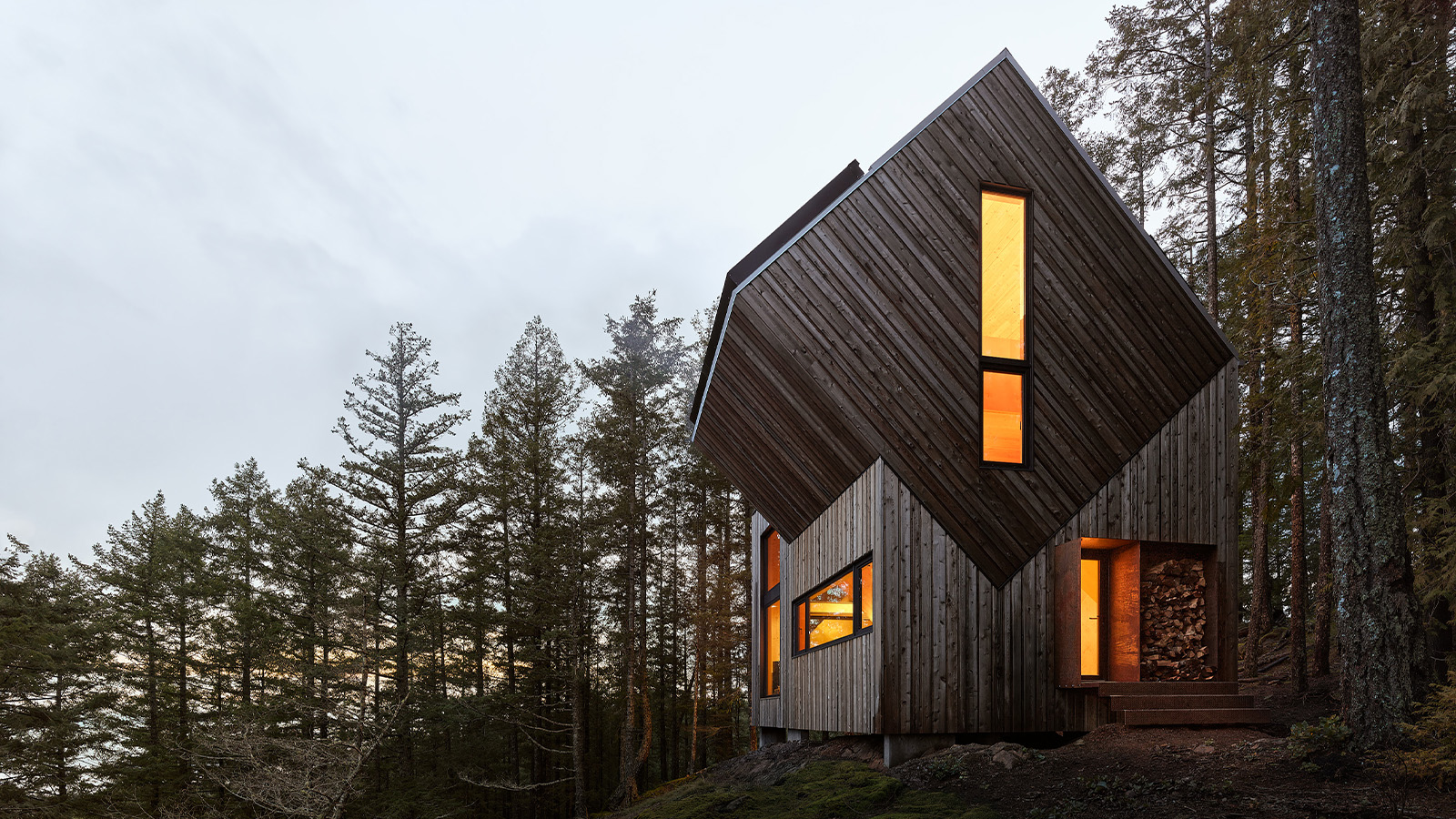 In Canada, The Nest is a three-dimensional puzzle redefining remote living
In Canada, The Nest is a three-dimensional puzzle redefining remote livingOn a wooded site on the country’s West Coast, this prefabricated retreat designed by Daria Sheina Studio is a nurturing space for low-impact living
-
 With the FT-Me Concept, Toyota is thinking big about the power of micromobility
With the FT-Me Concept, Toyota is thinking big about the power of micromobilityWe talk ultra-compact city cars with the head of New Mobility at Toyota Motor Europe
-
 Omega’s rethought Aqua Terra collection makes for an elegant women’s watch
Omega’s rethought Aqua Terra collection makes for an elegant women’s watchStreamlined silhouettes and painted gold bring new life to Omega’s Aqua Terra watches